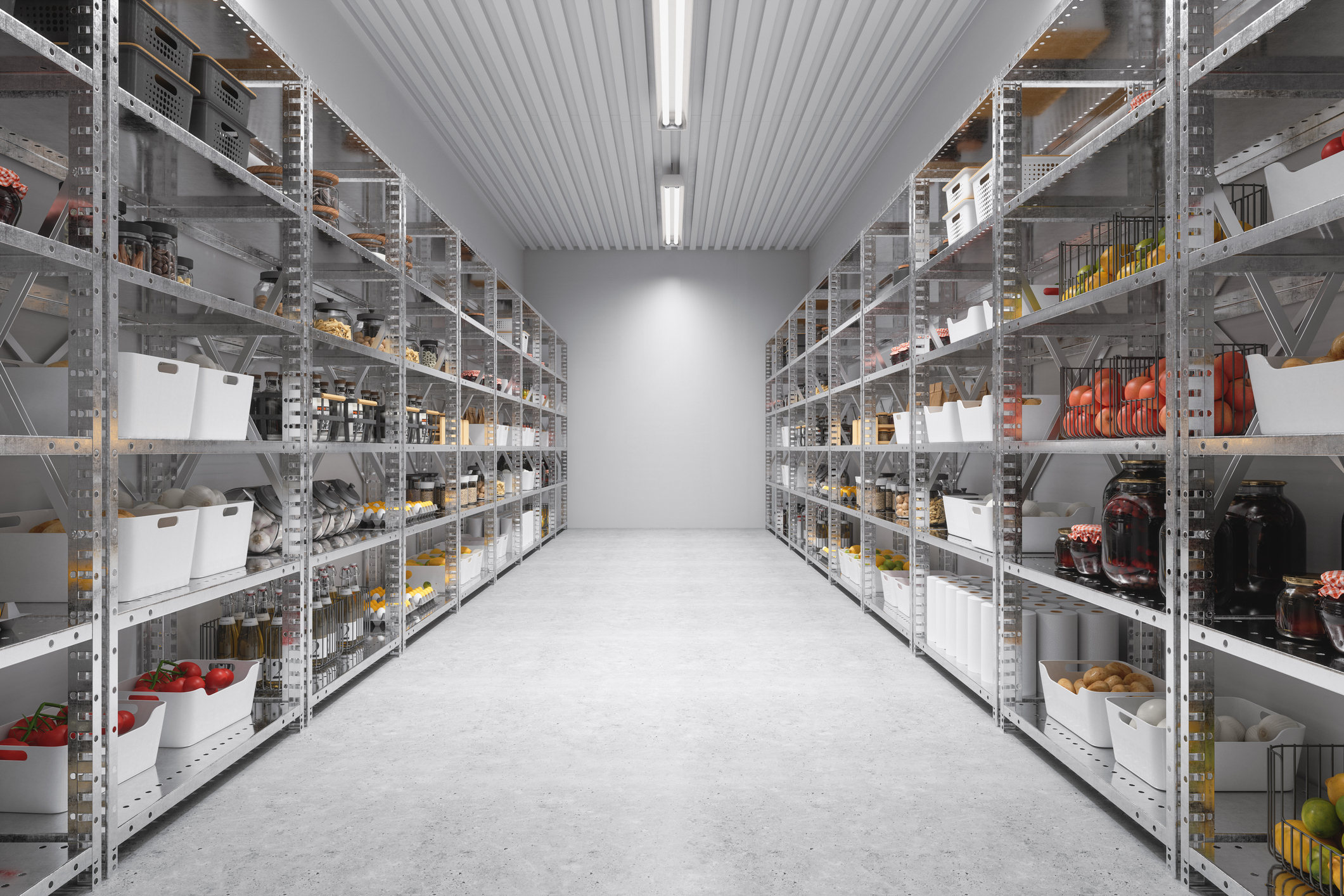Food safety is a big deal because a few upset stomachs can potentially put your restaurant out of business for good. One of the most important aspects of food safety involves cooling. If you’re tempted to just toss everything in the huge freezer in the back, think again. Follow the outlined methods instead.
Initial Two-Hour Cool
Because microorganisms thrive in temperatures between 125 and 70 degrees Fahrenheit, it is important to make sure that food is passed quickly through this temperature range. This is known as the Temperature Danger Zone. This is where the “two-hour cool” comes in, as it involves first cooling foods from 140 to 70 degrees Fahrenheit within two hours, and then from 70 to 41 degrees Fahrenheit or lower within four hours. The rule to apply is if the food has not reached 70 degrees Fahrenheit in two hours, it must either be reheated to 165 degrees Fahrenheit for 15 seconds and then cooled again, or simply thrown away.
No Hot Food in the Freezer
This rule is set to make sure that food cools sufficiently and safely. If food is kept in the cooler or freezer while still hot or in bulk, it does not move through the danger zone fast enough, and this poses a health risk. It will also raise the temperature of everything else in the freezer, therefore potentially bringing other food items back into the Temperature Danger Zone.
Reduce Food Sizes
To make sure that food cools down well enough, ServSafe recommends reducing large food items into smaller sizes. Also, divide large containers and redistribute them into smaller ones before sealing and freezing them. Denser food cools more slowly. Dividing it up into smaller sizes will enable faster passage through the temperature danger zone.
Use One of the Approved Methods
There are a few good ways to cool food down fast. They include placing the container of food in an ice-water bath and stirring it frequently, stirring food using ice paddles (plastic containers filled with water and then frozen) and adding ice to the food if water is one of its ingredients. Also, make sure to store food in the right compartment, noting that produce that is sensitive to either ethylene gas or humidity loss does best when stored in a crisper drawer.
ServSafe makes sure to train people well on all methods of safe food storage to avoid the risk of contamination. Good training is important to place you at an advantage in the market, so make sure to enroll in a course. Call TSC Associates to find out which course best suits your needs.

